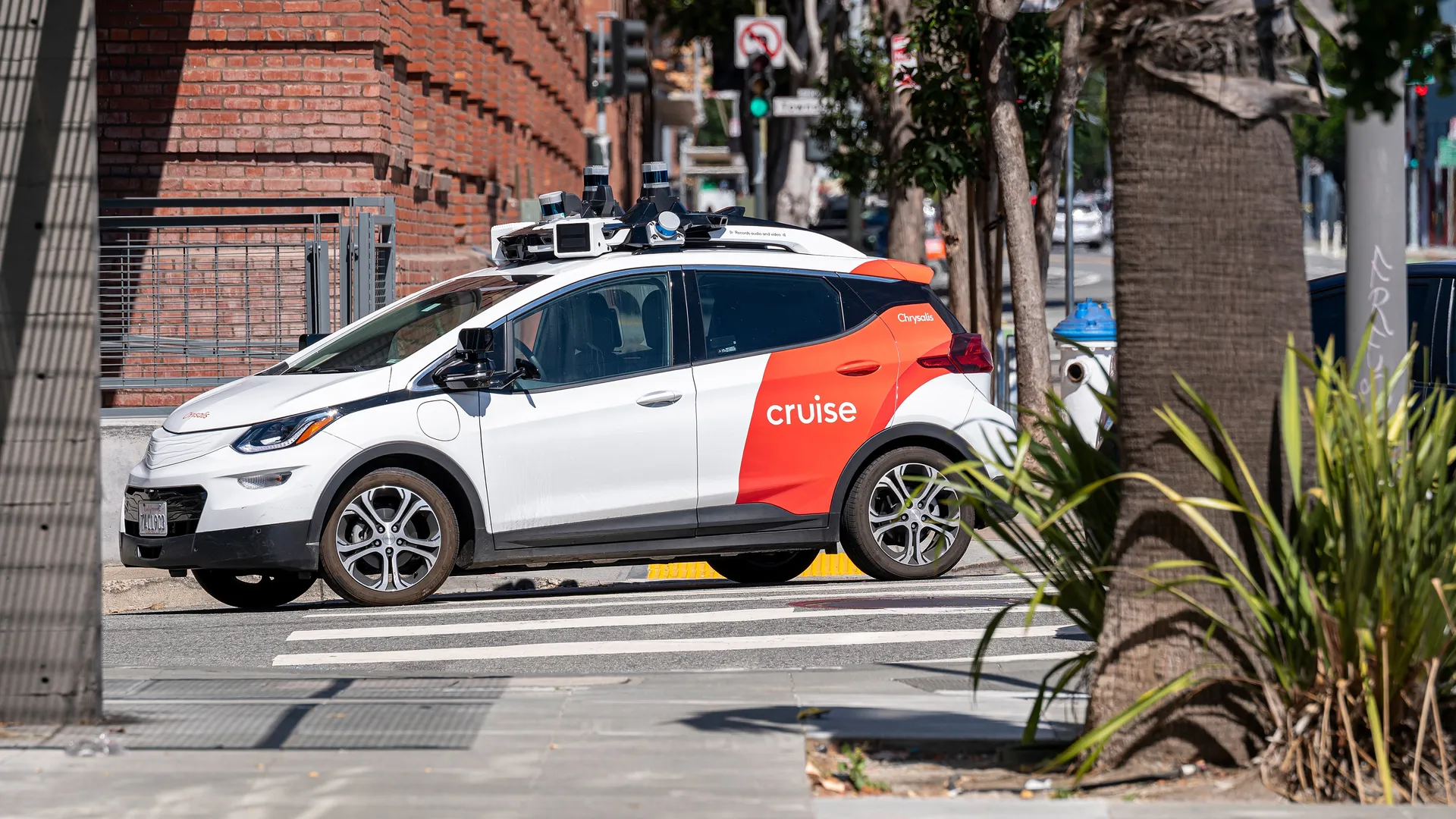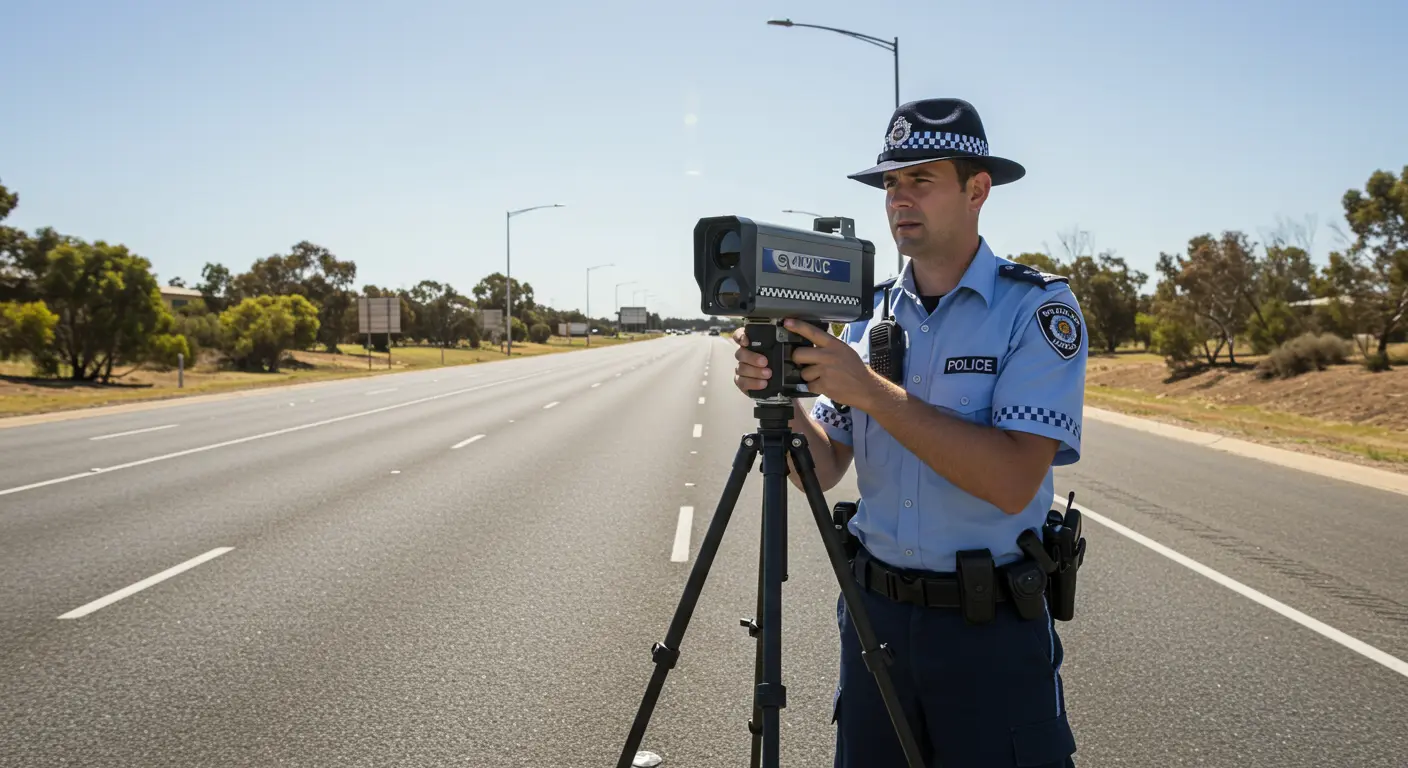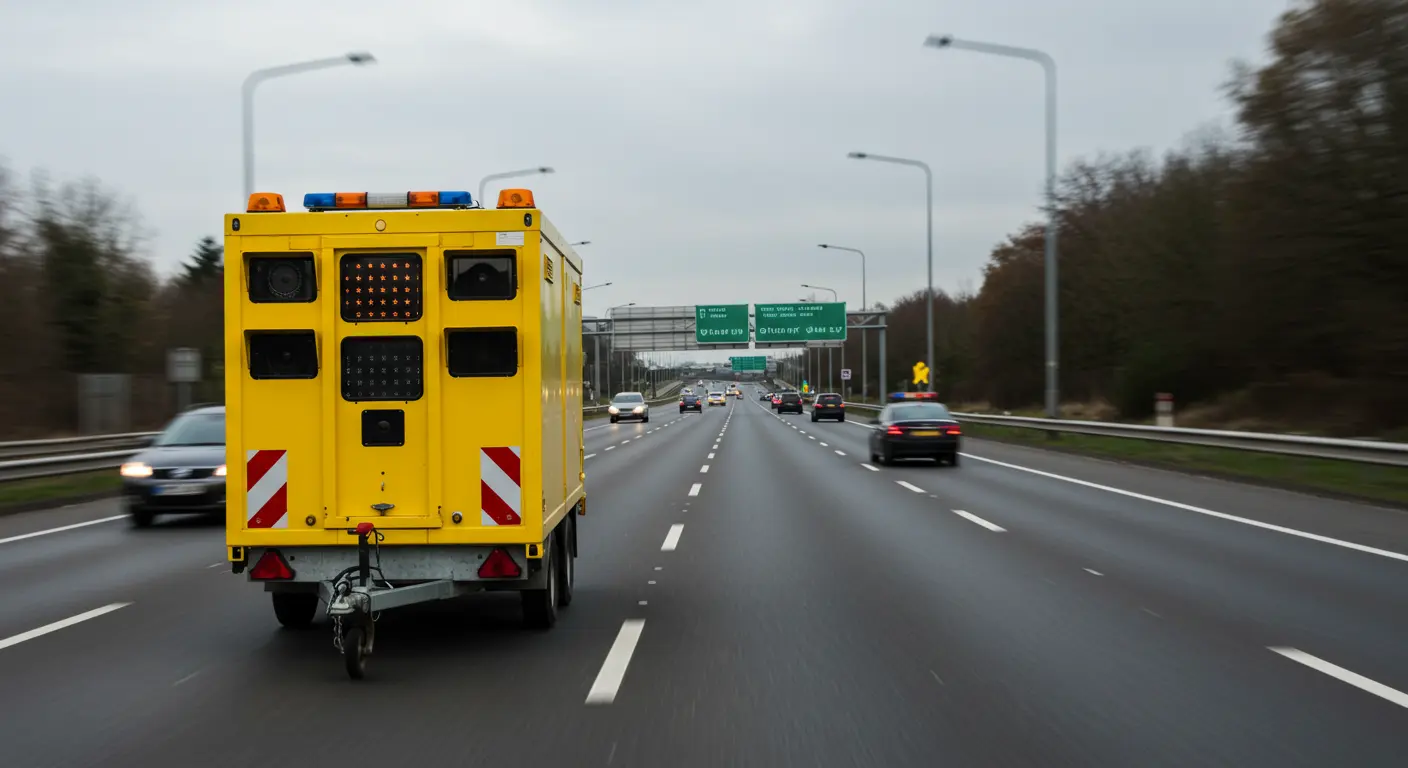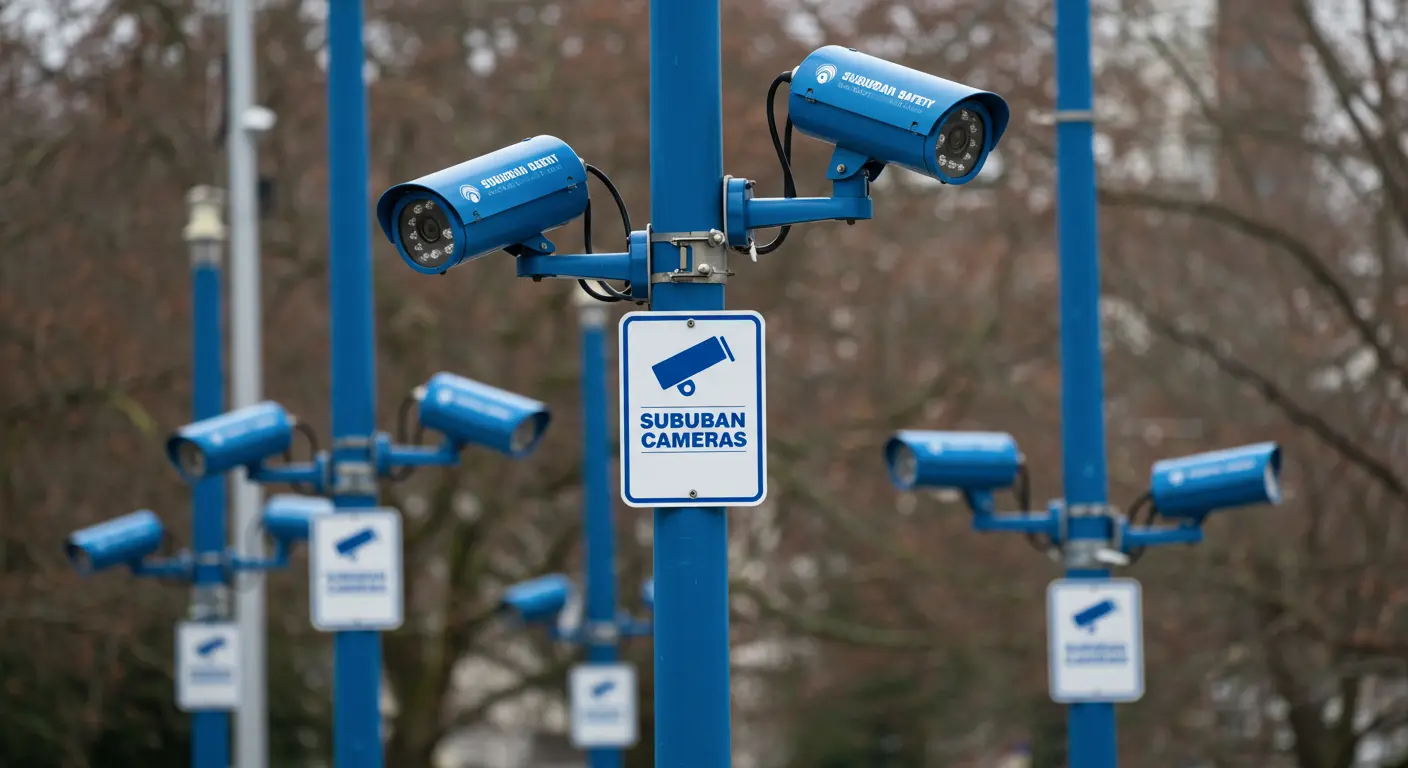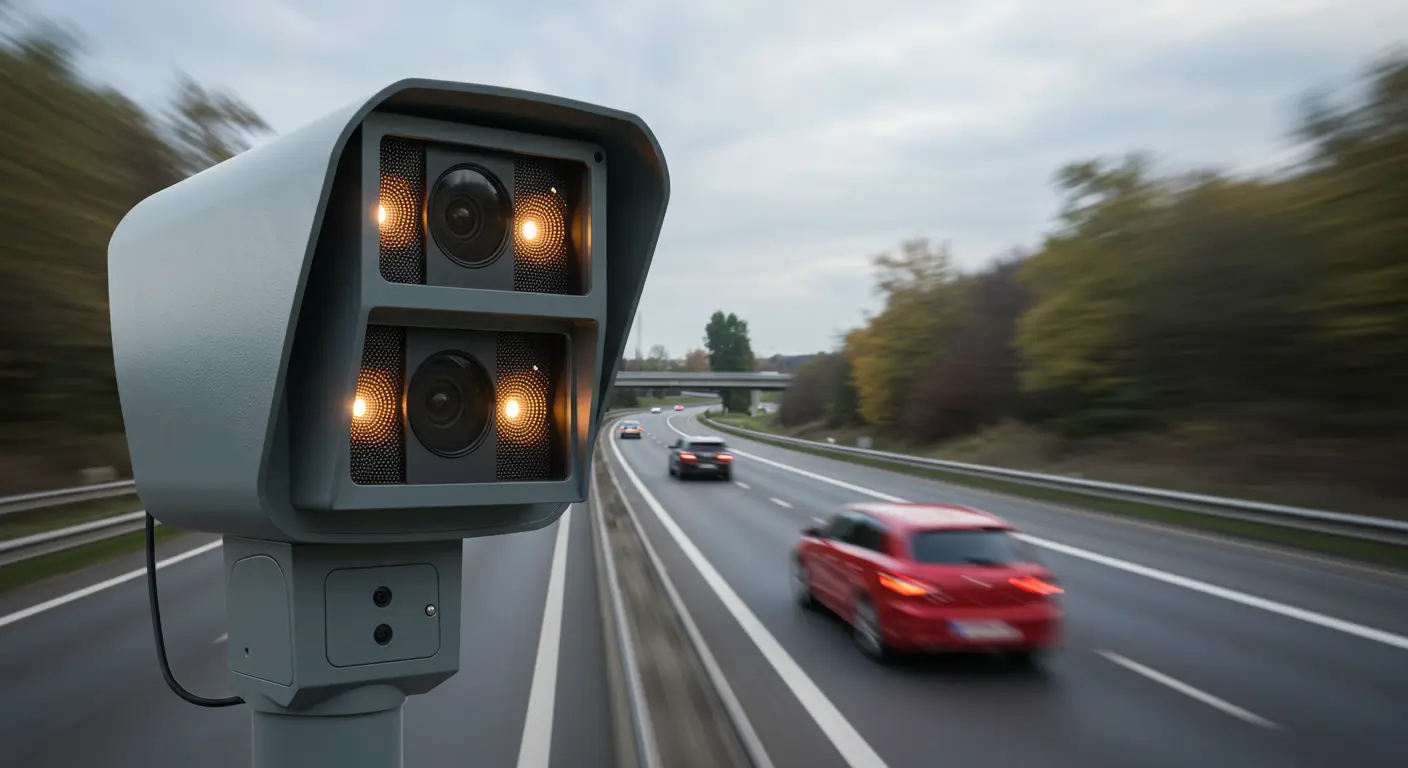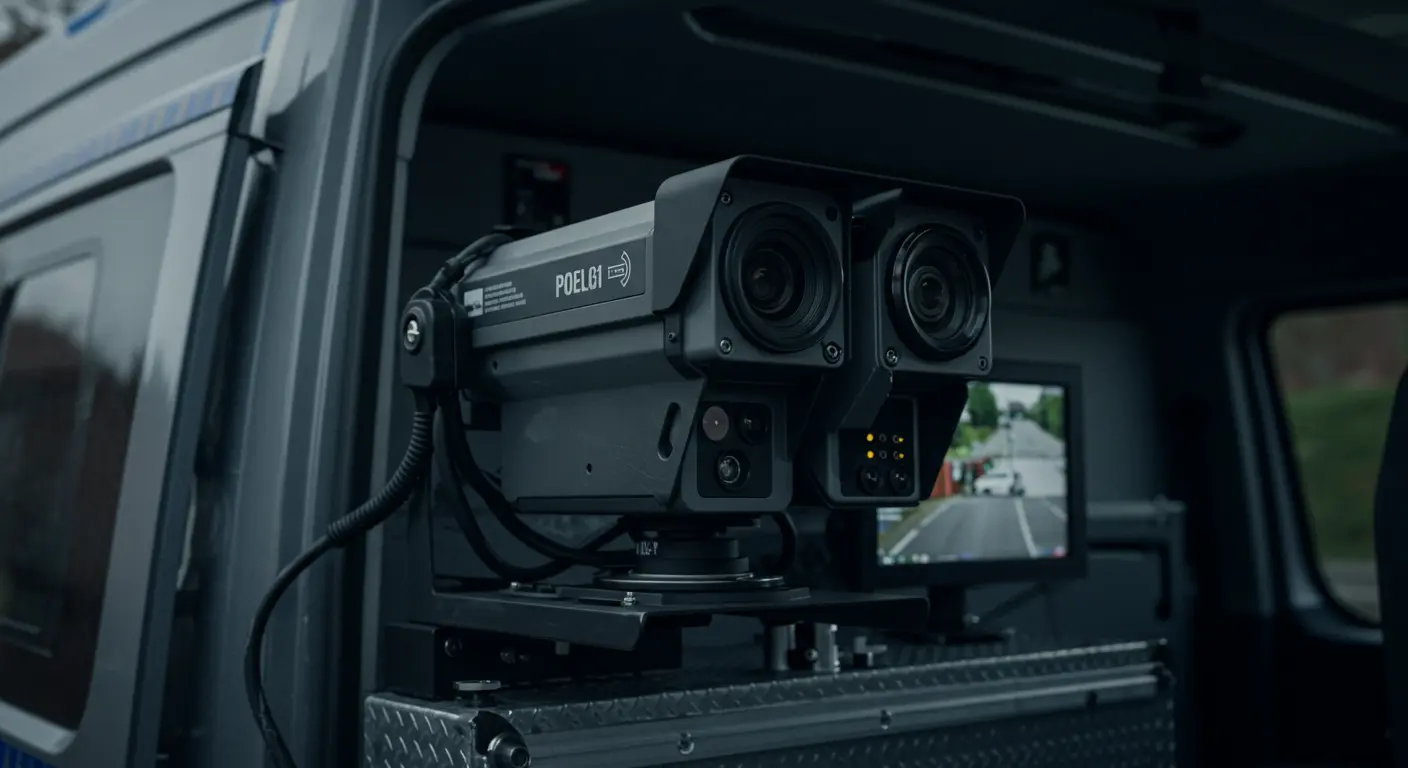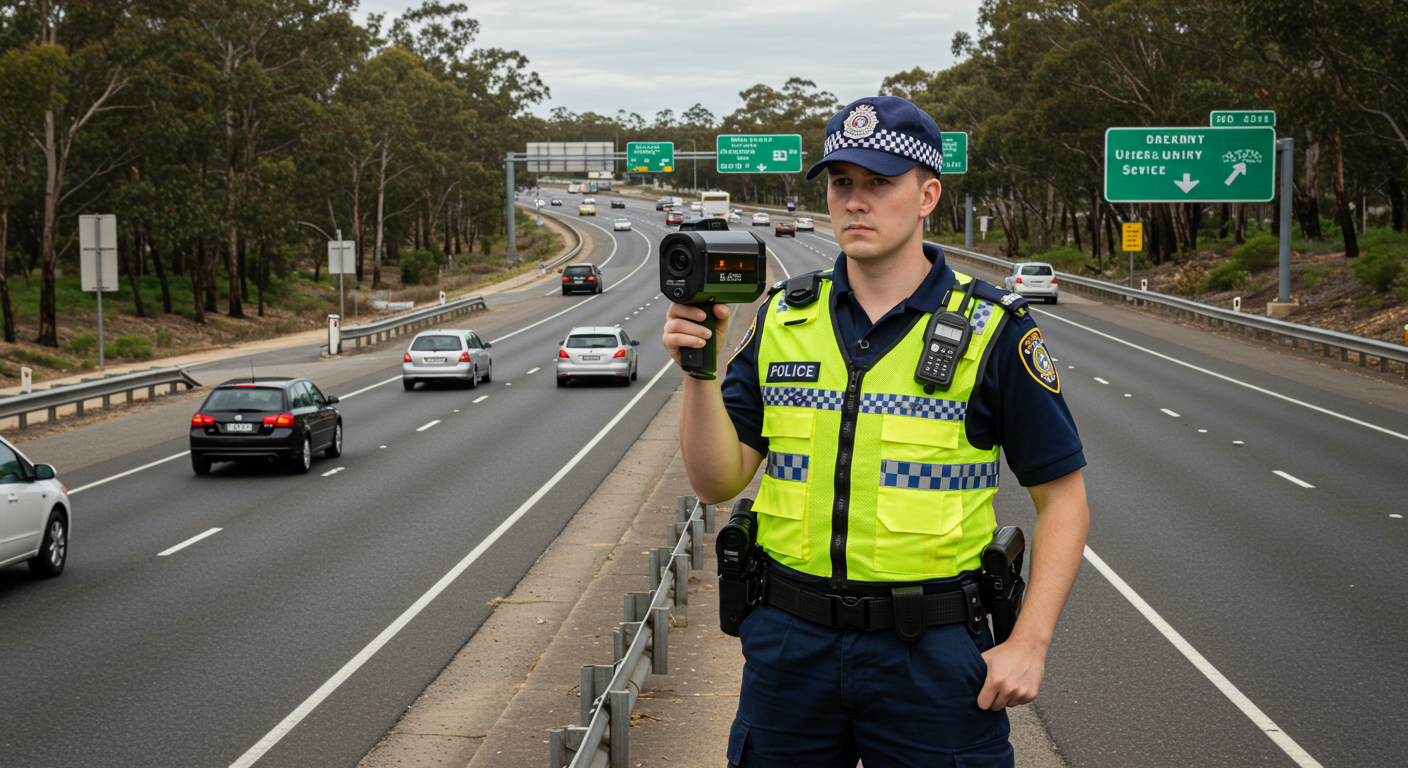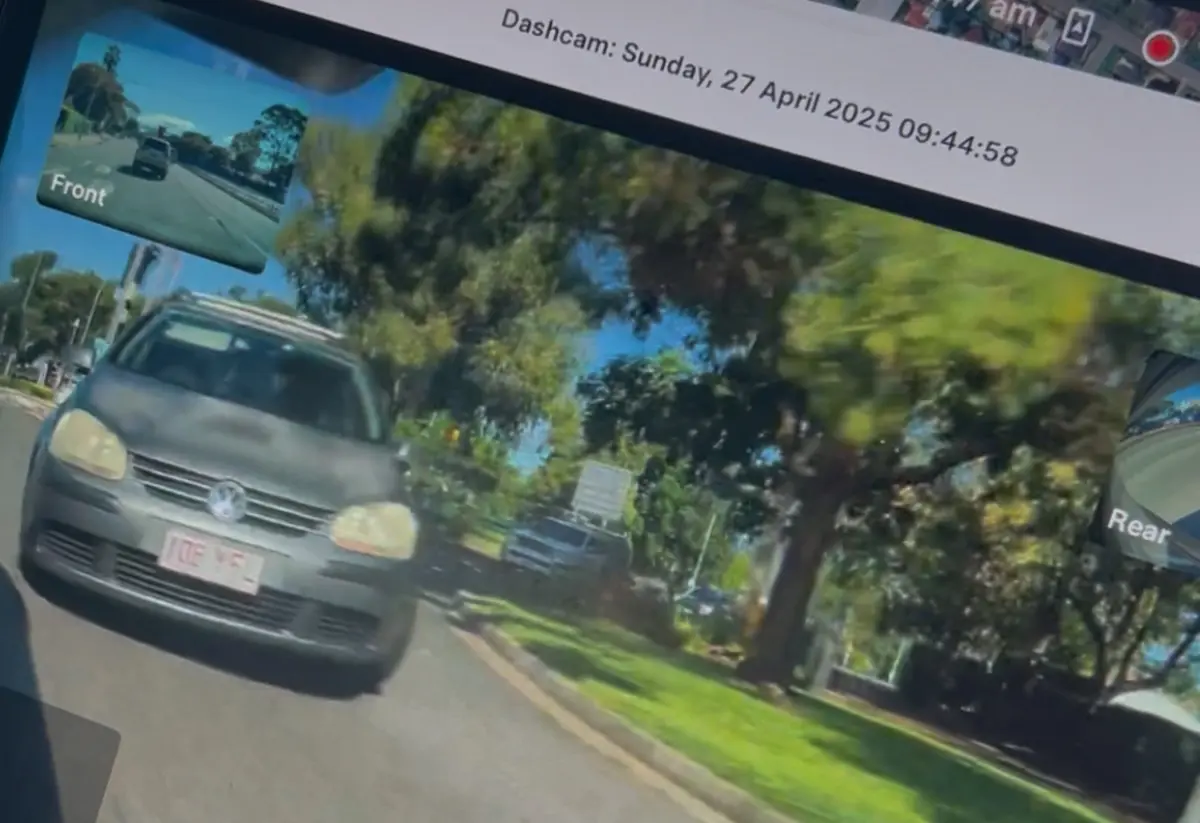General Motors (GM) announced a strategic pivot on Tuesday, signaling its retreat from the robotaxi business and halting further funding for its autonomous vehicle unit, Cruise.
Instead, the automaker will focus on partially automated driver-assist systems, such as its flagship Super Cruise, which enables hands-free driving under certain conditions.
This decision marks a significant change in GM’s autonomous vehicle strategy, reflecting the challenges of scaling robotaxi operations and the increasing competitiveness in the market.
Why GM is Exiting the Robotaxi Space
GM cited the time, resources, and competitive pressures needed to scale robotaxis as the primary reasons for its decision:
“Given the considerable time and resources that would be needed to scale the business, along with an increasingly competitive robotaxi market,” GM stated, “we have decided to reprioritize our focus.”
This pivot comes after years of heavy investment in Cruise, which has struggled to generate substantial revenue or establish widespread robotaxi operations.
Cruise: A Financial Challenge for GM
GM acquired a controlling stake in San Francisco-based Cruise in 2016 for $581 million, with the ambitious goal of developing a profitable fleet of robotaxis.
Over the years, GM poured over $2.4 billion into Cruise, owning 90% of the company at its peak.
However, Cruise failed to meet expectations, accumulating more than $10 billion in operating losses while generating less than $500 million in revenue, according to SEC filings.
The Turning Point: Safety and Regulatory Setbacks
Cruise’s operations faced a major setback in 2023 after one of its autonomous Chevrolet Bolts dragged a pedestrian who had been struck by another vehicle. The incident led to:
- California Public Utilities Commission Investigation: Cruise was accused of delaying reports of the incident for over two weeks.
- License Suspension: Cruise’s driverless fleet operations in California were halted.
- Leadership Restructuring: A quarter of the workforce was laid off, and significant leadership changes were made.
These challenges, coupled with growing skepticism about the feasibility of fully autonomous vehicles, prompted GM to reassess its strategy.
GM’s New Focus: Driver-Assist Systems
Going forward, GM will combine Cruise’s technical expertise with its internal teams to advance driver-assist technologies for personal vehicles.
These systems aim to enhance safety and convenience by automating certain aspects of driving without requiring full autonomy.
GM CEO Mary Barra emphasized the strategic shift:
“We want to leverage what already has been done as we go forward, and we think we can do that very effectively.”
The restructuring of Cruise is expected to reduce GM’s spending by over $1 billion annually, with resources redirected toward refining systems like Super Cruise and Ultra Cruise.
Cruise’s Role Moving Forward
While Cruise will no longer operate as a standalone robotaxi business, it will contribute its expertise in:
- Software Development: Enhancing the artificial intelligence (AI) that powers GM’s assistive technologies.
- Sensor Innovation: Improving systems that detect and respond to environmental conditions.
- Integrated Driver-Assist Features: Expanding capabilities for GM’s personal vehicle lineup.
Cruise will retain its 2,300 employees and maintain a presence in San Francisco.
However, GM noted that specific employment levels will be determined after the restructuring is completed next year.
Broader Industry Context
GM’s move mirrors similar retreats from fully autonomous driving by other automakers.
- Ford: Disbanded its Argo AI autonomous vehicle project in 2022, citing a lack of near-term profitability.
- Waymo: Despite setbacks, Google’s autonomous vehicle arm is expanding operations in cities like Los Angeles, Miami, and Austin.
- Tesla: CEO Elon Musk recently announced plans to deploy autonomous robotaxis by 2026, though regulatory scrutiny over the company’s “Full Self-Driving” system casts doubt on these ambitions.
Autonomous vehicle development has proven far more challenging than many automakers initially anticipated, requiring significant technological advances and regulatory approval before large-scale deployment.
Stock Market Response
Following the announcement, GM’s shares rose approximately 3% in after-hours trading, reflecting investor confidence in the company’s decision to pivot toward more realistic and profitable goals.
GM’s stock has gained 47% year-to-date, bolstered by its focus on EVs and driver-assist technologies.
Conclusion: A Strategic Reset
GM’s decision to step back from robotaxis and repurpose Cruise highlights the difficulties of achieving fully autonomous driving.
By focusing on advanced driver-assist systems for personal vehicles, GM is pursuing a more attainable path that aligns with evolving market demands and regulatory realities.
While the dream of widespread robotaxi networks may be deferred, GM’s new direction positions it to leverage Cruise’s technological advances to enhance safety and convenience for everyday drivers.
See Also



